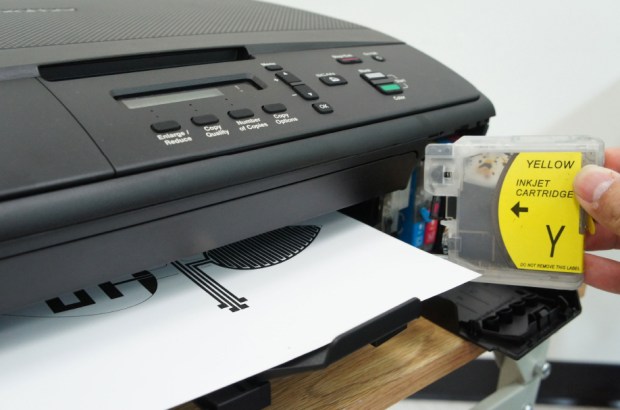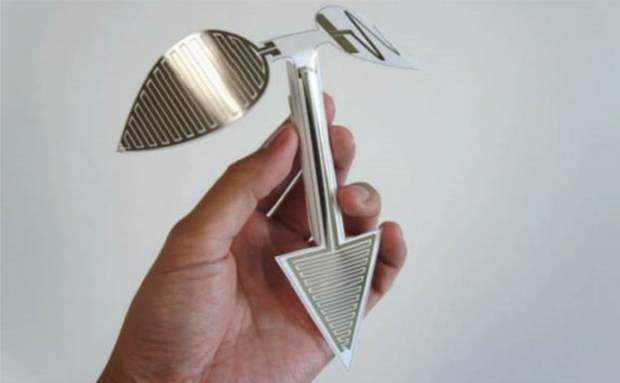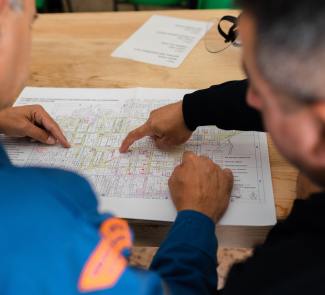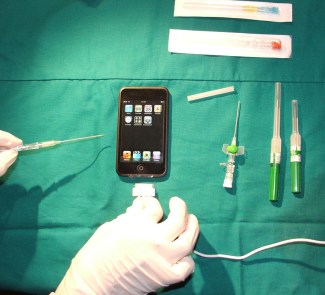Ink mixed with silver nanoparticles for printing electronic circuits on paper.
The continuing technological advances at the nanoscale are yielding very good results in many fields of application, but perhaps electronics is one of the sectors most benefiting from the properties derived from the use of nanotechnology. Following the thread of studying the properties of many of these materials reduced to their very minimum, a group of researchers has found a way to create circuits printed on paper using silver ink.
Although it sounds like science fiction, the truth is that Steve Hodges of Microsoft Research in Cambridge, United Kingdom, and Yoshihiro Kawahara and his team at the University of Tokyo in Japan have found a way to print the fine silver lines of electronic circuits on paper. But the most curious thing about this discovery is that you can even print them using an ordinary inkjet printer. It just has to be loaded with special cartridges of ink mixed with silver nanoparticles.

According to Kawahara and Hodges, this discovery could complement the current potential of 3D printers with their imminent arrival to the home, at prices ever more affordable to the general public. In the future, any enthusiast could print the case for a gadget using a home 3D printer and then use their conventional printer to print the electronic circuits needed to make it work.
The ink used by Kawahara’s team is a suspension of silver nanoparticles recently developed by Mitsubishi Chemical. This kind of ink does not require heat to release the silver and has the particle size, viscosity and surface tension required for depositing flat silver conductors on paper.
The first demonstrations of this technology were performed at the latest Ubicomp conference in Zurich, Switzerland. At this forum, Kawahara demonstrated the possibility of creating a humidity sensor using a simple $80-inkjet printer and photo paper to print the wiring and make a printed Wi-Fi antenna to transmit his lectures. On the other hand, Hodges also demonstrated the feasibility of this discovery by printing paper wiring to connect the switch, battery and LED bulb of a torch made using a 3D printer.

Obviously not just any old paper will do, but the tests performed by its creators have shown that photo-quality paper is among those that perform best. It is also possible to connect components such as resistors and capacitors to the printed paper circuit using a conductive adhesive.
Although the project is still under development, printing ink based on silver in suspension could be affordable in the near future. In fact, Kawahara goes further and says that with the generalization of 3D printing and the development of technology for people to create their own circuits printed on paper, it may be that within 20 years anyone could even design and print their own mobile phone.
Images | from Microsoft Research









